AAS houses a representative collection of American games, from board games inspired by the adventures of Nellie Bly to educational puzzles and fancy paper dolls, but one fascinating subgroup of this collection harnesses the popularity of one entertainment option of the 1800s: reading.
Before the world ogled over athletes and movie stars, the greatest celebrities were authors. People traveled far and wide to see the performances of Charles Dickens and Mark Twain as they read their stories aloud, complete with character voices and, in Dickens’ case, such taxing physicality that some believe it may have hastened his death.[1] Fans of literature could get their fix of their favorite authors outside of theater appearances by purchasing carte-de-visite or cabinet photographs, or products branded with their names. The Game of Authors, however, took the entertainment of nineteenth-century readers to the next level.
First appearing in an advertisement in December 1861, The Game of Authors boasted fun for all ages, intended to “amuse, instruct, and quicken the thought” of anyone who played.[2] Though each iteration of the game included slightly different types of cards and variations of the rules, the general premise followed a similar process to Go Fish. The cards typically consisted of portrait cards of famous authors (sometimes as many as 34 of them as in “The Game of Star Authors” from 1887), along with separate cards featuring titles of their popular works. Players were dealt hands from a shuffled deck with the goal of making as many “books” as possible, matching the portrait of the author with all of the accompanying title cards.
Advertisers insisted that “this game should be in every family” and, as its success grew, so did the number of derivative games trying to capitalize on the model. In 1863, an updated version of the game was released, being advertised outside of the holiday season and seeping into the entertainment of the every day. In that same year, stores began marketing “The Commanders of Our Forces” for children to “learn about our present war,” as an extension of the tried-and-true format. Following that release came an iteration based on children’s authors, then, in 1866, a version focused solely on Shakespeare and another on musical celebrities made their debut.
Although initially created by women in Salem, Massachusetts, the authors depicted in the game were typically male [3]. Of the eleven most represented authors, including Henry Wadsworth Longfellow and Charles Dickens among others, only one—Louisa May Alcott—is a woman. Of the sixteen different editions of the game in the AAS collection, seven include women authors as part of the set. It seems like manufacturers began to take note of this imbalance though, as in 1887, McLoughlin Brothers in New York issued two versions of the game – one with an all-male group of writers and then an “improved” version that featured eleven women out of a total of eighteen-represented authors.
While this blog post was in production, the Society’s curator of Graphic Arts acquired another version of the game entitled “The Queens of Literature,” published in 1885. Featuring all women, there are a handful of lesser-known writers whose histories I briefly explored as I created the catalog record for the game.
Much like the variety shown in the original games, this set of cards depicted women from every part of the “moral” spectrum: from the corset-burning suffragette Elizabeth Stuart Phelps to Adeline Whitney who fore-fronted traditional values and the importance of traditional gender roles in her writing.
As a game marketed as both entertaining and instructive for children and adults alike, The Game of Authors, in all its variations, was incredibly popular in its time and is still printed in some form today. Maybe consider buying a copy for yourself to see what all the fuss is about!
[1] “Charles Dickens on Stage,” The Charles Dickens Page, 1997-2021. https://www.charlesdickenspage.com/charles-dickens-on-stage.html
[2] “New Games,” Salem Gazette (Dec 12, 1861): 2.
[3] Rick Russack, “Who Invented the Game of Authors?” Game Times, Journal of the American Game Collectors Association, No 17 (April 1992): 351. The original creator of the Game of Authors could have been local game designer and author Anne W. Abbot (1808-1908) or a group of unidentified young women in Salem.
 2021 Seiler Intern Sienna McCulley will be graduating in December 2021 with a BA in English from Amherst College, where she spent multiple semesters working in both the campus library and special collections. Her experience working with historic material at Amherst and this past summer at AAS has fueled her interest in a future career in the field.
2021 Seiler Intern Sienna McCulley will be graduating in December 2021 with a BA in English from Amherst College, where she spent multiple semesters working in both the campus library and special collections. Her experience working with historic material at Amherst and this past summer at AAS has fueled her interest in a future career in the field.

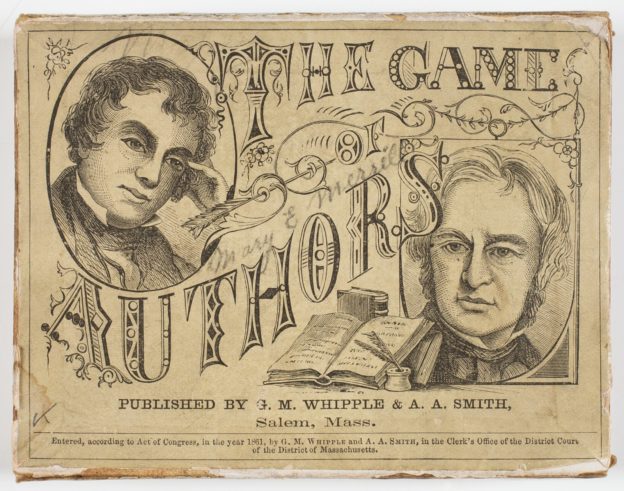
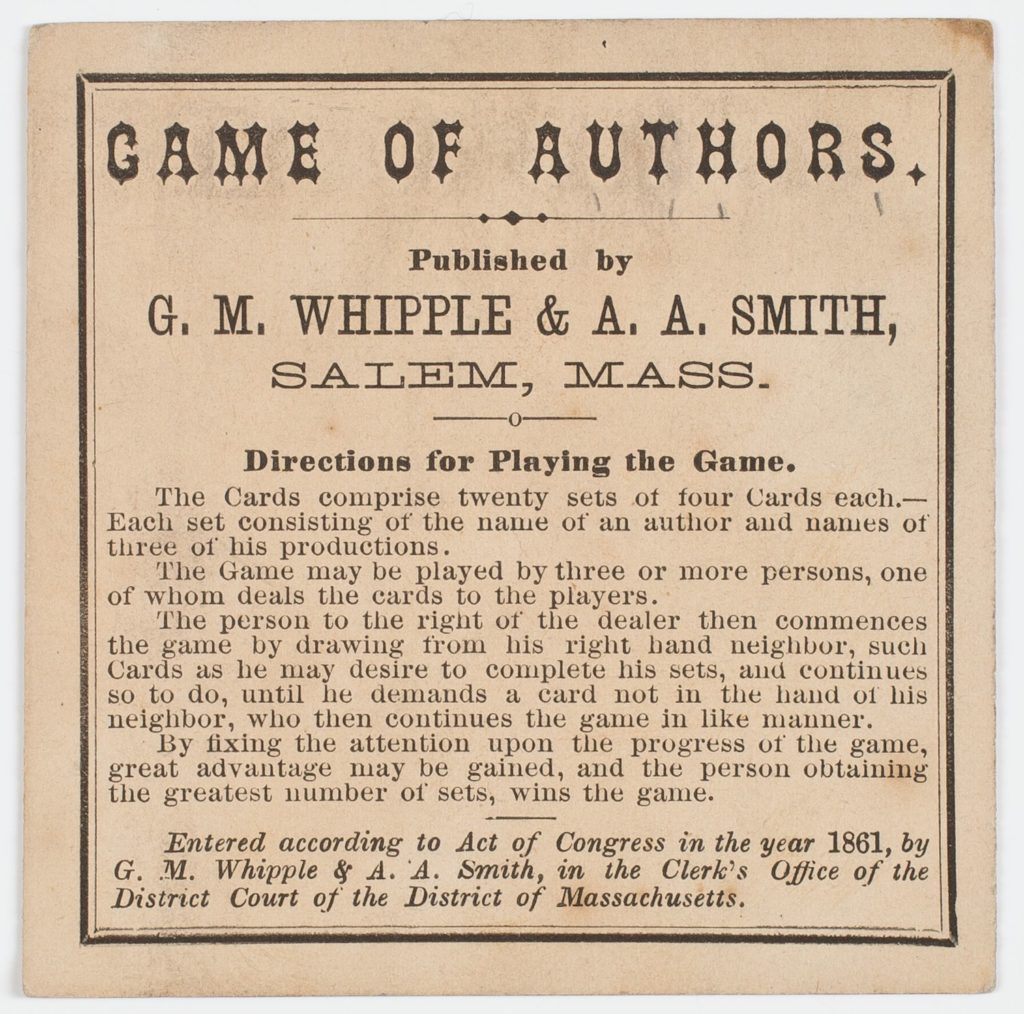
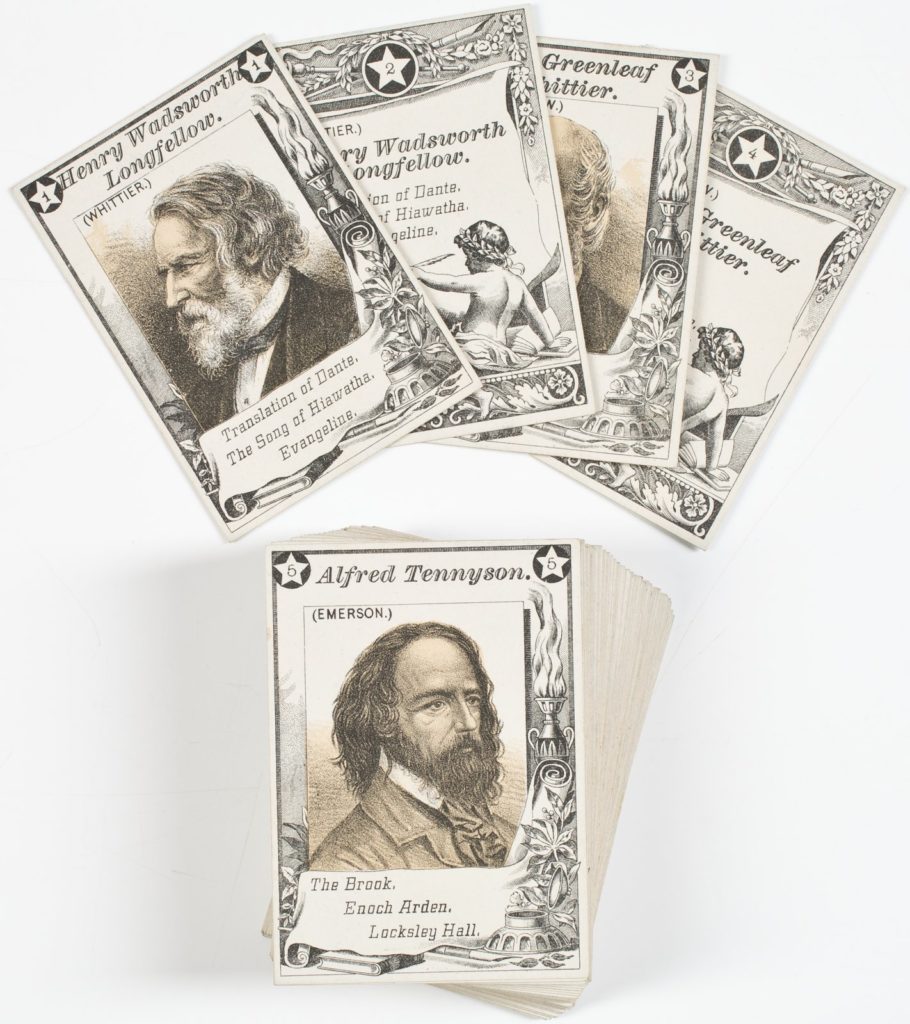
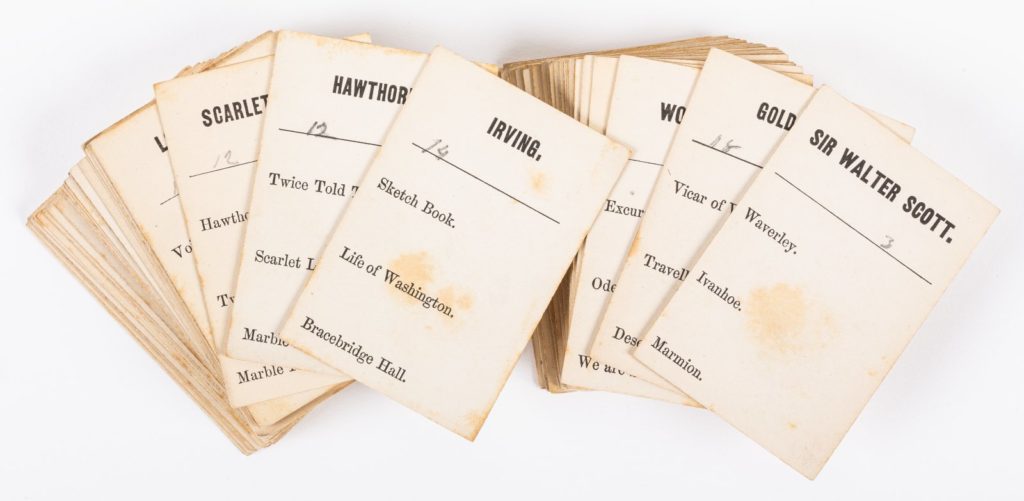
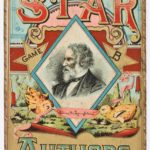
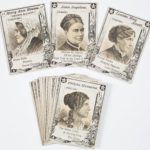
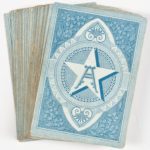
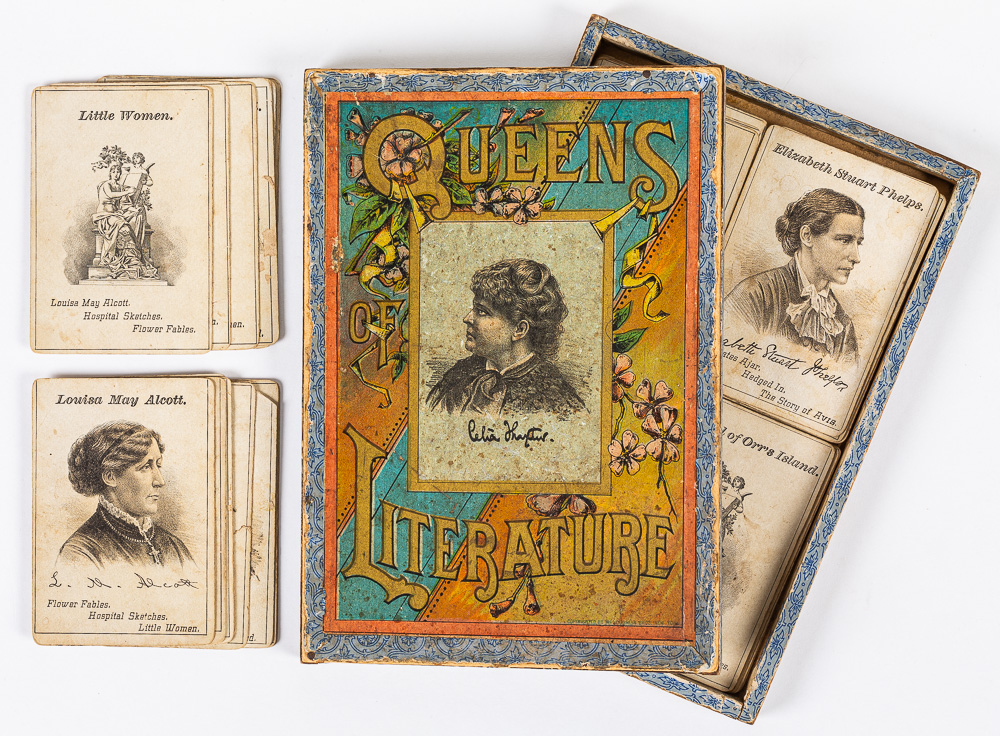
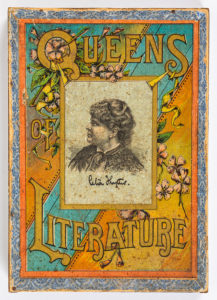
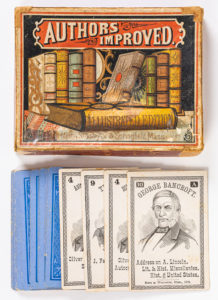
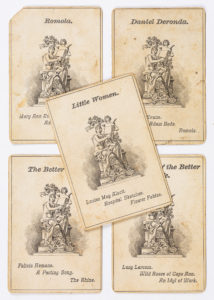
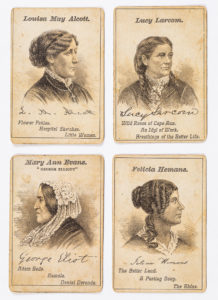
Very interesting, but no mention that all the authors were white. Certainly, Frederick Douglass, Phyllis Wheatley, and Olaudah Equiano could have been included.
My family played “Authors” from the 40’s to the late 1950’s, and we were very competitive! If any of us had read the books, we had to explain about the author, or the book. This wasn’t easy as our area was very rural and little access to a library – only when the high school was open. I was almost a middle age adult before I learned that “Lord” of Alfred Lord Tennyson was not his middle name. I was very young when I was allowed to play with my older sisters and so I was told that the “A” meant adult, and if someone acted foolishly, that person had to wear the red letter A so people would know that person was an adult, not a child. But then, I was also told that Lancelot and Guinevere “were just goood, really good friends”.
my sister and I played this card game in the 60’s and 70’s and to this day I remember all the authors and what books they had written We learned and had fun doing it
I have recently acquired a deck of “Authors” cards, which were most likely my grandparents, who lived in Worcester, Mass. What stands out to me is that the cards are in a numerical sequence (1-13) rather than lettered as I see in images of the early Parker Brothers games. There is no coloring on the face side, and the reverse side is a solid yellow color.